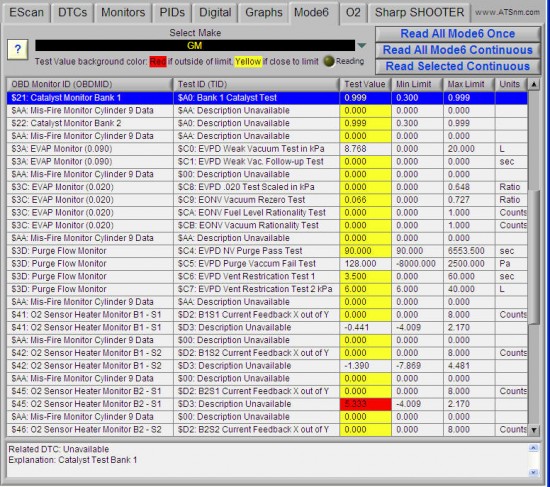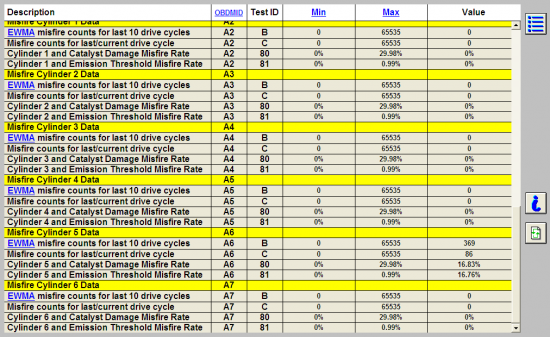By Ryan Kooiman. This is part two of a Mode $06 series. Last time we covered the intro and terms associated with Mode $06. Now we are going to describe changes to Mode $06 with the advent of CAN communication.
Hopefully after the last article, many of you have dug out your scan tools, and looked at Mode $06 results. By now you should be proficient at locating it on your tool, looking up the descriptions, doing the conversions, and diagnosing the problem in a timely manner. Perhaps you have learned to use Mode $06 as a crystal ball, and are using it to warn customers of systems that are getting close to setting a code! Maybe you have looked further into purchasing a PC based scan tool. Still there may be some of you who have pulled your hair out in sheer frustration!
With the arrival of Controller Area Networks (CAN), came a whole new set of rules for Mode $06. These rules were written by CARB (California Air Resources Board) in Title 13 CCR section 1968.2. The previous set of rules (SAE J1979) was rather vague on Mode $06, so it was up to auto manufacturers and scan tool manufacturer’s interpretation as to what information was going to be displayed, and how it was going to be displayed. The new rules are specific as to which monitors are to be displayed (EGR, Cat, O2, etc.). It also states that a minimum and maximum value must be displayed ( no more N/A as before).
Remember the acronyms TID, and CID? Well, we now have MIDS, TIDS, and UASID. The term MID stands for Monitor Identification, TID still stands for Test Identification, and UASID stands for Units And Scaling Identification. This makes Mode $06 much more user friendly. The new standardized format displays the name of the monitor, the appropriate numbers, and the units and scaling of the test being run (mvolts, kpa, msec, etc.). This now eliminates the need for the tech to do the conversion from hexadecimal numbers, look up the definition, and run the equation. Basically, now the tech can determine the results with a quick glance.
Additionally, whenever codes are cleared, battery unhooked, etc., the min/max/ and result fields are all reset to zero, whereas there was previously a substitute value displayed. So if a tech looks at Mode $06 on a CAN vehicle and sees all 0s displayed for a MID, it is indicative that that monitor has not yet run.
Here’s what we are used to seeing in pre-CAN Mode $06:

Here’s how it will look with CAN Mode $06:

Pretty cool, huh? This will look the same on virtually any CAN equipped vehicle. Those of you who have already worked on CAN equipped vehicles know that there is way more information given to us than ever before. This holds true with Mode $06 as well. Now more than ever it is important for any technician to check Mode $06 information. Not only when attempting to diagnose a vehicle, but to also verify the repair.
Here are some more examples of CAN Mode $06 using the ATS Escan, and the Ford IDS.
EScan Mode $06:

IDS Mode $06:

The keys to Mode $06, as with any diagnostic technique are to practice, and understand what “known good” is. If you have time in the next several days, look up Mode $06 on a couple cars so that you will have a better understanding of it when that trouble car comes in.
READ MODE $06 Part I: Show Me the $ click here.